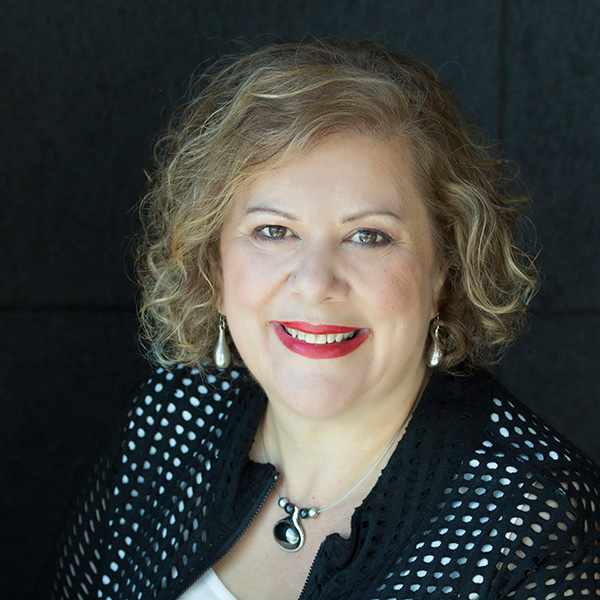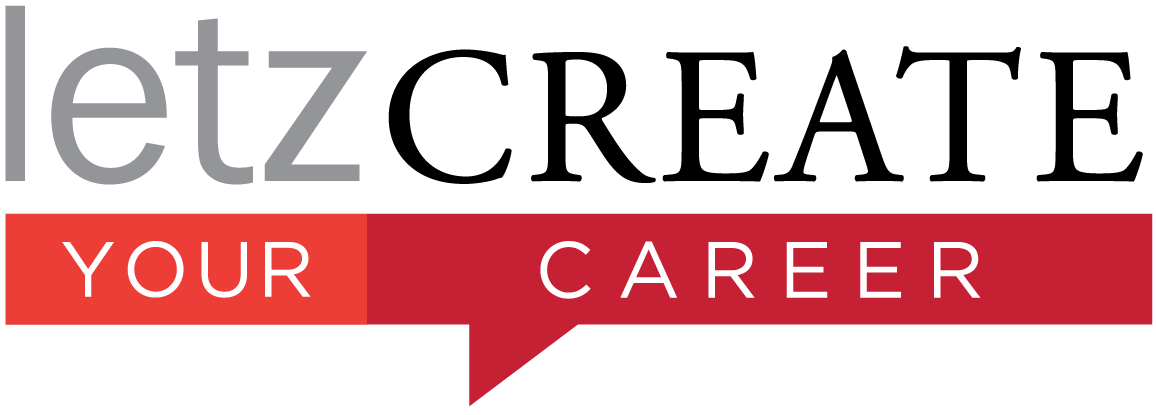Today’s article is for skilled migrants who are looking for work in Melbourne and would like help knowing what they need to focus on to increase their job application success.
The report, Australia’s Skilled Migration Program: Scarce Skills Not Required by Bob Birrell, states many occupations like accounting and engineering on the Skilled Occupations Lists are in over supply and therefore most recently arrived skilled migrants to Australia have not found professional jobs.
The truth is that most migrants experience extreme difficulties in obtaining a position in their chosen occupation and often settle for something much less.
Unfortunately, new migrants with no local contacts, no effective networks or understanding of employment and application protocols, face many challenges when applying for positions.
Let’s explore how you can improve your success rate.
1. Revise Your Professional Resume & LinkedIn Profile to Meet Australian Standards
There is an accepted protocol in Australia for how to present yourself using tools such as your Professional Resume and your LinkedIn Profile.
Resumes in other countries may have different outlines and formats and do not include summaries and skills. Some formats also only highlight achievements.
In Australia, the following needs to be included in your Professional Resume and should not exceed 3 pages in length:
- Summary
- Skills
- Relevant Employment History
- Highlighting relevant achievements and responsibilities
- Referees – Available on Request (not listed in the resume)
In this series of articles, I share my thoughts on how to approach your resume and cover letter. I encourage you to take the time to read them and understand what the Australian standards are.
In this article you will learn the difference between a resume and a LinkedIn Profile to help you understand how and why these are different and how you can showcase the best version of your skills, experience and background. Your LinkedIn Profile About section (previously called the summary) is an excellent way to help you stand out in a competitive market. In this article via LinkedIn about how to boost your own LinkedIn Profile summary, there are some very helpful examples of how to write this section of your LinkedIn profile. These are consistent with the approach I recommend and are suitable for the Australian market.
Make sure you also signal to recruiters you are open to job opportunities via your LinkedIn profile. Here’s how.
2. Be Clear How to Apply for Roles Considering You Have Visa Restrictions
In this article via SBS, Preetinder Grewal explores ‘everything you need to know’ about Australian work visas. In most cases, there are 4 questions that Job ads ask about Australian Citizenship and if you are on a VISA, unfortunately you do not qualify. Hence, you will need to look for roles where it is okay to have a Visa to apply.
Here is the current Skilled Occupation List for Australia.
3. Network, Network, Network
One of the most important things you can do to create job opportunities for yourself in Melbourne is to meet professionals already working in your field. Research Meet Ups here as well as research and attend networking events run by relevant industry groups in your areas of expertise. Attend as many of these face to face events as your schedule and budget allows. This will help you learn more about the norms and specific requirements for applying for roles in your industry.
You may also like to join relevant online groups and forums on LinkedIn and Facebook .
Networking on LinkedIn is a powerful tool to help you meet local connections. In this article, Karen Hollenbach shares her tips on how to network more effectively on LinkedIn. I often share the story of an Indian man I met at a Meet Up group. He was looking for work in the IT industry. When he first arrived in Melbourne he networked strongly on Linkedin, successfully building great relationships with key people who then supported him by putting him forward for roles. These opportunities do not just happen. You have to do the work and build the relationships.
4. Ask the Right Questions
While it is very challenging when you expected to find work and have not had much success, you still need to maintain a sense of curiosity so the people you meet with are motivated to share their local knowledge and insights with you. Rather than approach new connections with questions like ‘I need work in my industry. Can you please help me’., take a leaf out of the book of the Indian man in IT who focused on networking and building relationships first. He was also good at asking the right questions which ensured his new connections were encouraged to share their knowledge and expertise, helping build rapport and provide invaluable information.
I encourage you to ask the following sorts of questions when you meet people in your industry:
- What is happening in the market?
- What trends are emerging in the industry?
- What opportunities do exist for migrants in the market?
- What industry bodies are active in Melbourne?
- How would you suggest I approach searching for job opportunities?
- Is there someone else that you recommend I can speak with to discuss opportunities further?
Never give up!

I am a passionate Career Coach who works with individuals in the explore and search phase of their career journey, helping you realise your strengths through my career coaching and training programs. I enjoy showing people the path to greater career satisfaction and providing insight and tools to help you make your next career move.



